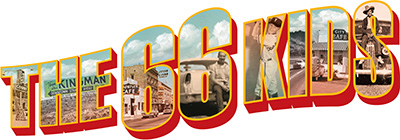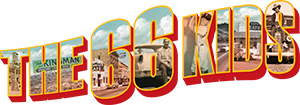BEALE BLAZES THE WAY FOR ROUTE 66
Among my favorite road-trip pastimes is looking out the window and imagining the outlaws, renegades and trailblazers who beat paths across the trackless desert.
Although Lt. Edward F. Beale certainly wasn’t the first to blaze a trail across northern Arizona, he was the one who really locked down the path that eventually became Route 66.
And he did it with camels!
In 1855, Congress decided to test such animals in the American Southwest and appropriated $30,000 to the War Department for the purchase and importation of camels and dromedaries. After a buying trip to Morocco, 33 camels were transported to America on ships. For safety reasons, the camels were tied down on their knees for the three-month journey. One camel died in passage, but six calves were born, and two of those survived, which put the total at 34 when they landed May 14, 1856, on the Texas coast.
An expedition was formed, making its way across Texas, into New Mexico, and up to Albuquerque. There, the journey got serious. Led by Beale, the Camel Corps Expedition took off from Albuquerque with a local guide who allegedly knew the way to California. It quickly turned out, however, that he really didn’t have a clue beyond present-day Grants, New Mexico.
Beale had been assured the guide would lead them to California and had paid a handsome price for the privilege of being lost several times. “I should have killed him right there,” Beale wrote of the guide in his journal.
After a 30-mile detour to get around Canyon Diablo—today we zip across the bridge in about six seconds—Beale cut a primitive trail across New Mexico and Arizona. It essentially is the basis for the Atlantic & Pacific Railroad (later the Atchison, Topeka & Santa Fe), and then for Route 66.
Beale Street and the Beale Hotel in Kingman are named for him.





0 Comments